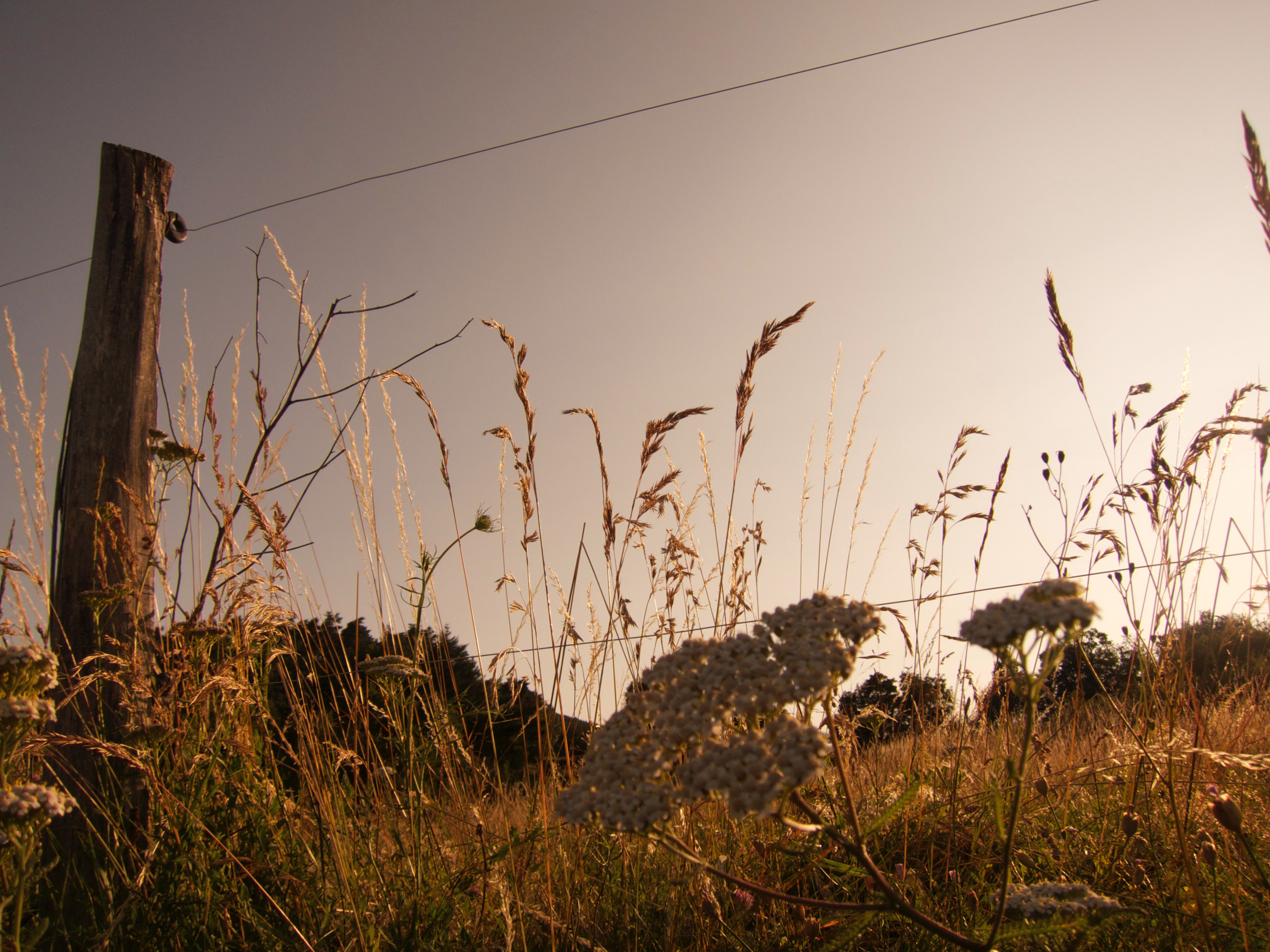For the past two decades, beef production has been a key driver of deforestation in Argentina’s Chaco region.
T H E M A R K E T S I N S T I T U T E A T W W F
I C H A N G E A T T H E S P E E D O F L I F E
Scaling Up Low Carbon Commodities in Argentina
For the past two decades, beef production has been a key driver of deforestation in Argentina’s Chaco region.
Argentina is among the top beef producers in the world in terms of volume, and the country is well known for high quality beef and the strong genetics of its cattle. Between 2015 and 2019 international exports soared. Today, approximately 30% of Argentina’s beef is exported and commands high prices; of that, 65-70% goes to China, and the rest is destined for Europe’s premium markets.
Due to strong biosecurity measures put in place from previous disease exposure, Argentine beef exports were not as strongly impacted by the COVID-19 pandemic compared to supply chain disruptions seen elsewhere. Today, as beef prices are rising, projections show that beef and soy (for feed) production will continue to drive deforestation in the region.
In the last few years, strong market signals for deforestation- and conversion-free (DCF) beef have been observed in the UK, Europe, and China, along with international demand
for DCF leather from high-end, sensitive markets, including luxury brands and the automotive industry. Part of the growing interest in DCF products arises from companies making net-zero supply chain commitments. Deforestation and conversion in supply chains are significant contributions to Scope 3 emissions and to achieve net-zero, DCF products are becoming non-negotiable.
World Wildlife Fund (WWF), Fundación Vida Silvestre, Argentine consulting firm Genesis, and industry experts have been exploring the feasibility and economic potential of DCF beef in Argentina and found the country is uniquely positioned to take advantage of market demand for both DCF beef and leather due to its superior product quality,
reputation in global markets, existing traceability systems, and ability to react quickly to strong market signals.
This work began in 2018 and has identified key market signals, demonstrated feasibility, and cultivated interest with multiple stakeholders, including the private sector, government, NGOs, and financial institutions. (Read the business case here.)
PHASE II
The next phase will allow us to incorporate a broader market segment to the scope of the work. The continuation will test the export potential of DCF beef and leather by engaging key supply chain players including cattle farmers, slaughterhouses, tanneries, leather processors, and buyers.
A cradle-to-grave carbon calculator will be developed that will include the impacts on land use change in the product footprint. The calculator will be a key incentive for commodity producers to demonstrate a lower carbon footprint associated with their products.
Although Argentina is currently on a path to continued habitat loss and environmental degradation, leveraging an innovative nationwide jurisdictional approach to DCF beef and leather presents a compelling economic opportunity that also carries significant conservation potential to protect the Chaco and other habitats. The existing traceability systems in Argentina can already verify product is DCF.
Though there is currently no price premium for DCF products, market demand signals from major export markets like Europe and China have changed the equation. A range of factors have aligned to make this moment an opportune time to act, which include:
- The EU and UK are looking to reduce imported deforestation and related carbon emissions through demand-side legislative pressure
- The China Meat Association has made sustainability commitments through the China Sustainable Meat Declaration, which is now aligned with the AFI, and
- Companies are increasingly aware of the impacts of Scope 3 emissions due to their Science-Based Target commitments and are looking for ways to reduce these emissions across their supply chains
- Car manufacturers, fashion brands, and sports apparel companies are actively taking steps to align their ESG practices to comply with increased socio-environmental safeguards demanded by the market
- UK PACT and other international entities have been working to develop awareness and increase the supply of DCF commodities in Argentina
To engage key stakeholders in the project, incentives are needed, and the planned carbon calculator will be key. The tool will clearly illustrate the environmental footprint metrics that are intrinsic to beef and leather export products, providing supply chain players with enhanced precision and credible information on environmental impacts in alignment with the Accountability Framework and Science-Based Targets, creating a significant opportunity for DCF products in export markets.
Access to preferential finance mechanisms for DCF commodities is another key incentive. This phase will include engagement with Development Finance and other commercial institutions interested in supporting the actual export of DCF beef and leather through pilot programs, with the ability to take these projects to scale.
Our intent through this work is to leverage company net zero commitments, market appetite for responsible beef and leather, and the urgent need to solve the climate crisis and drive action in commodity production that demonstrates scalable possibilities in creating more circular, resilient commodity supply chains.
Karla Canavan, VP, Commodity Trade and Finance
Markets, World Wildlife Fund
